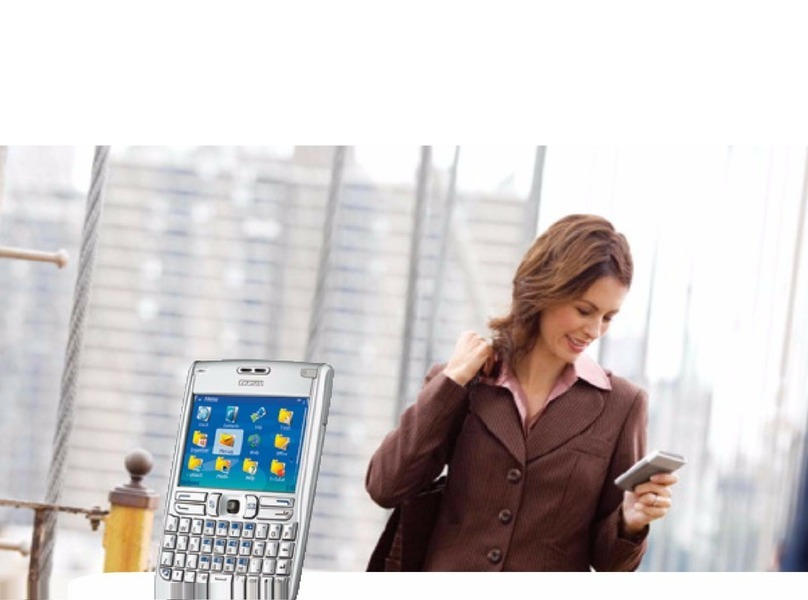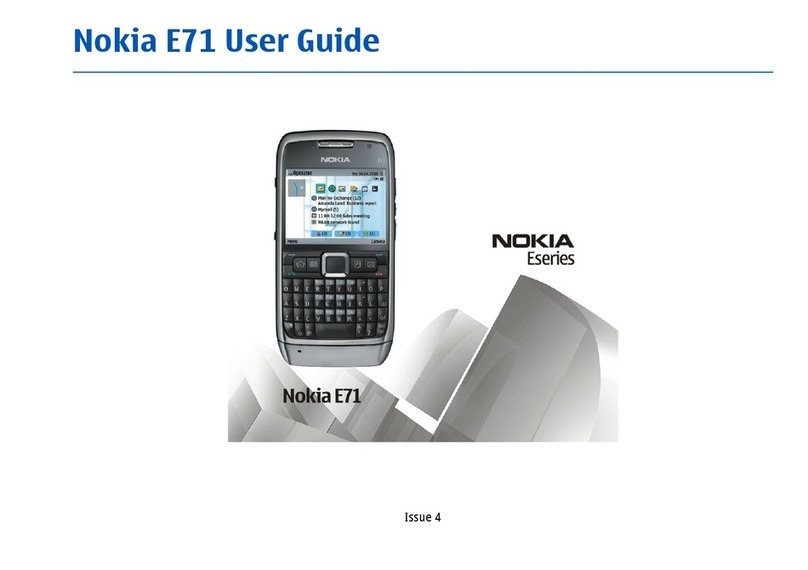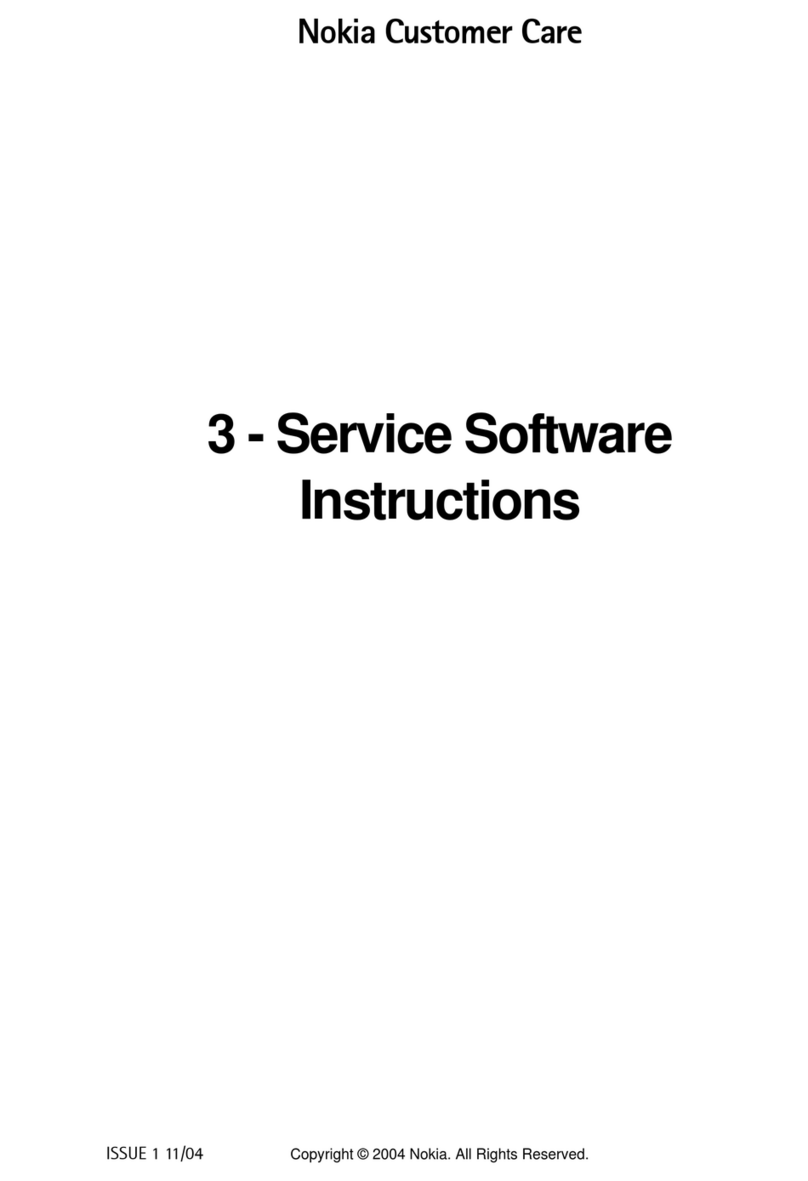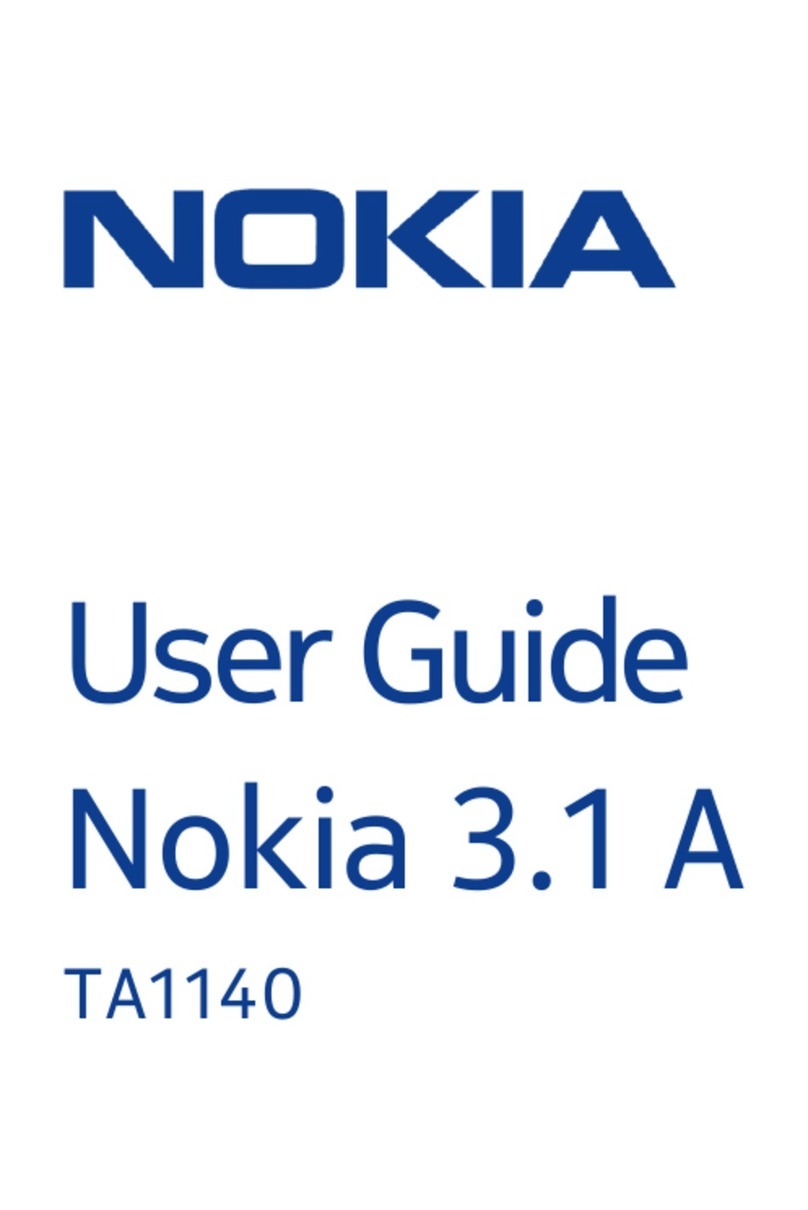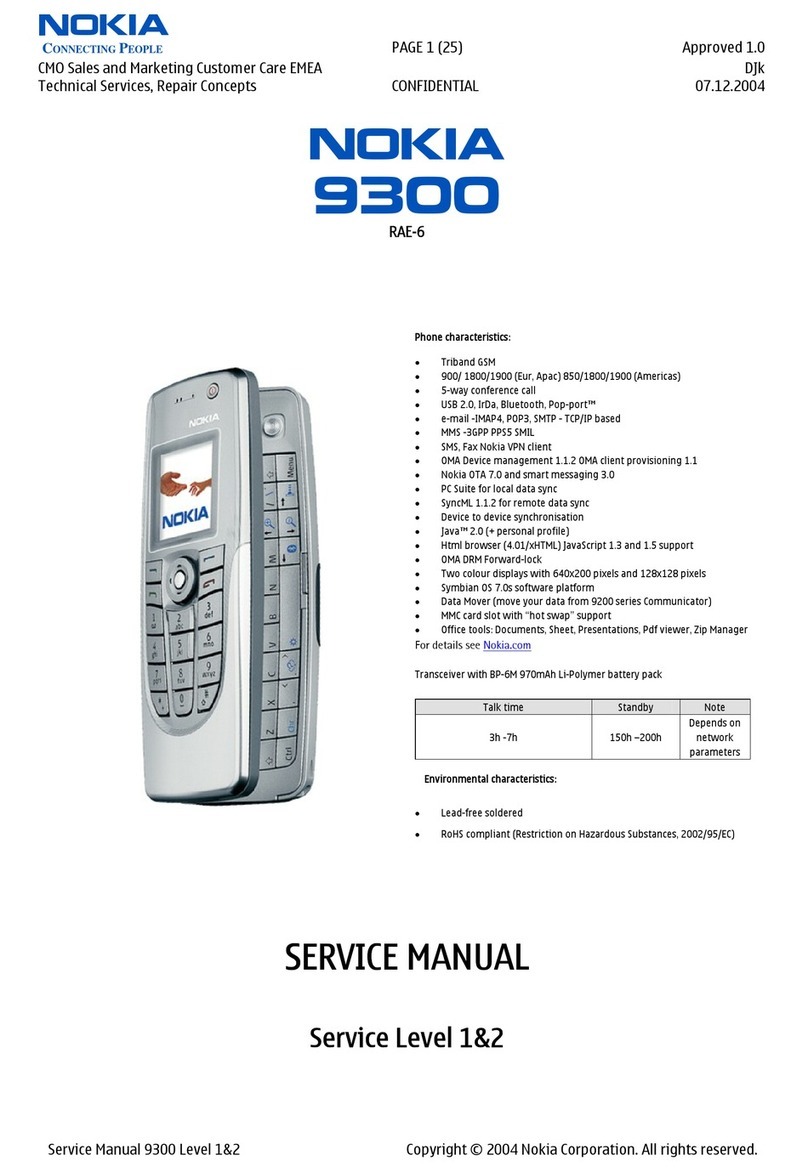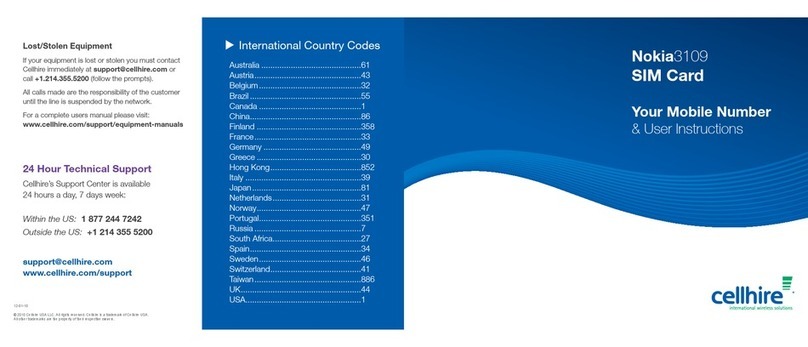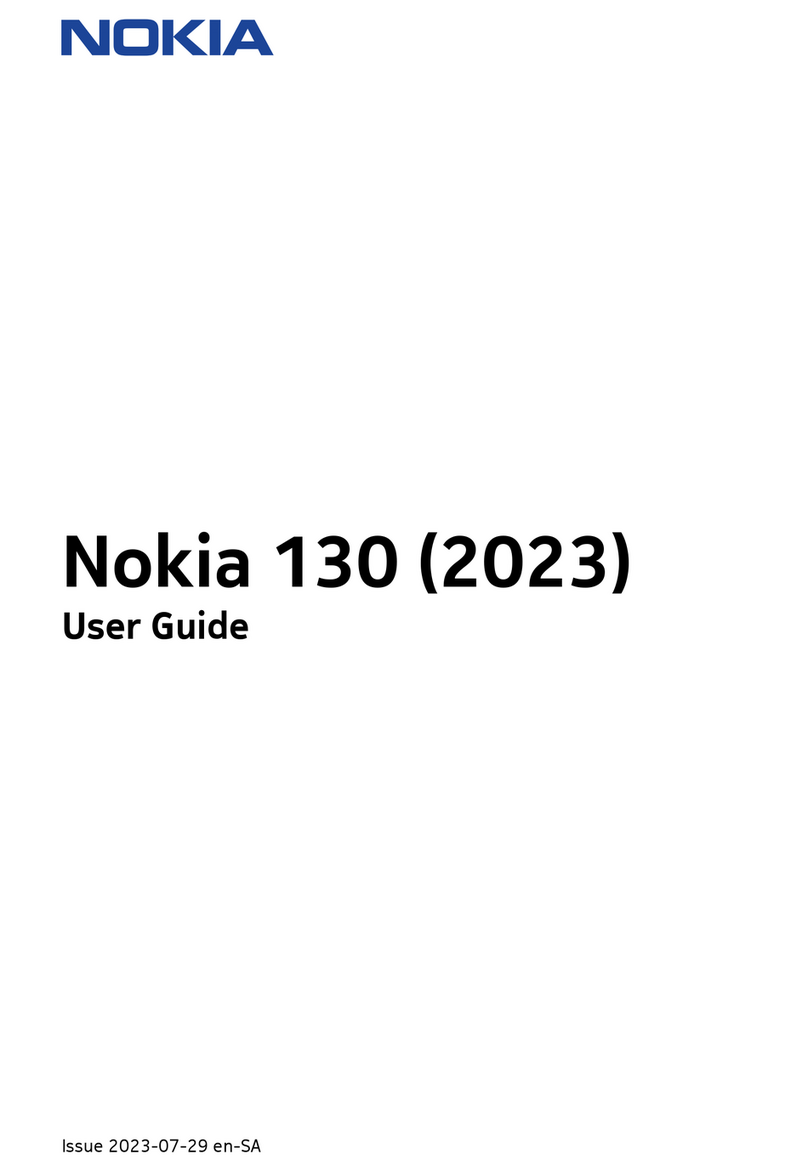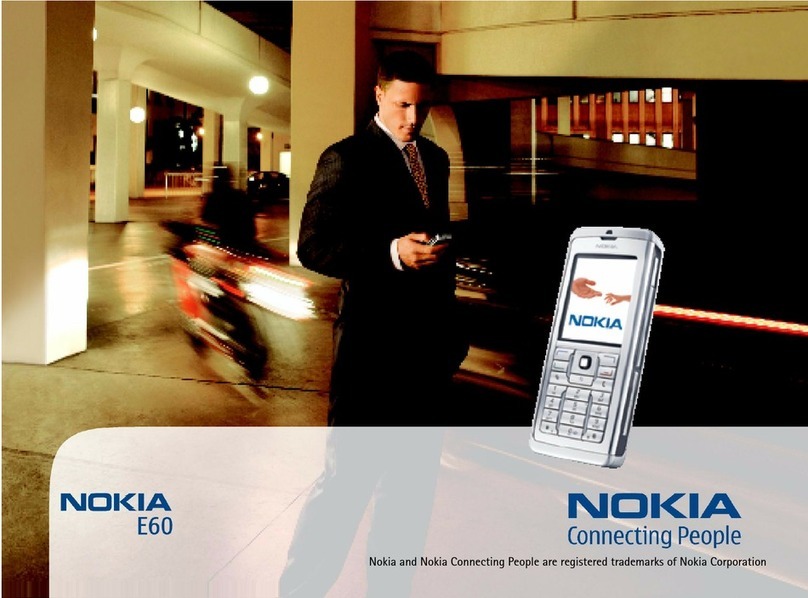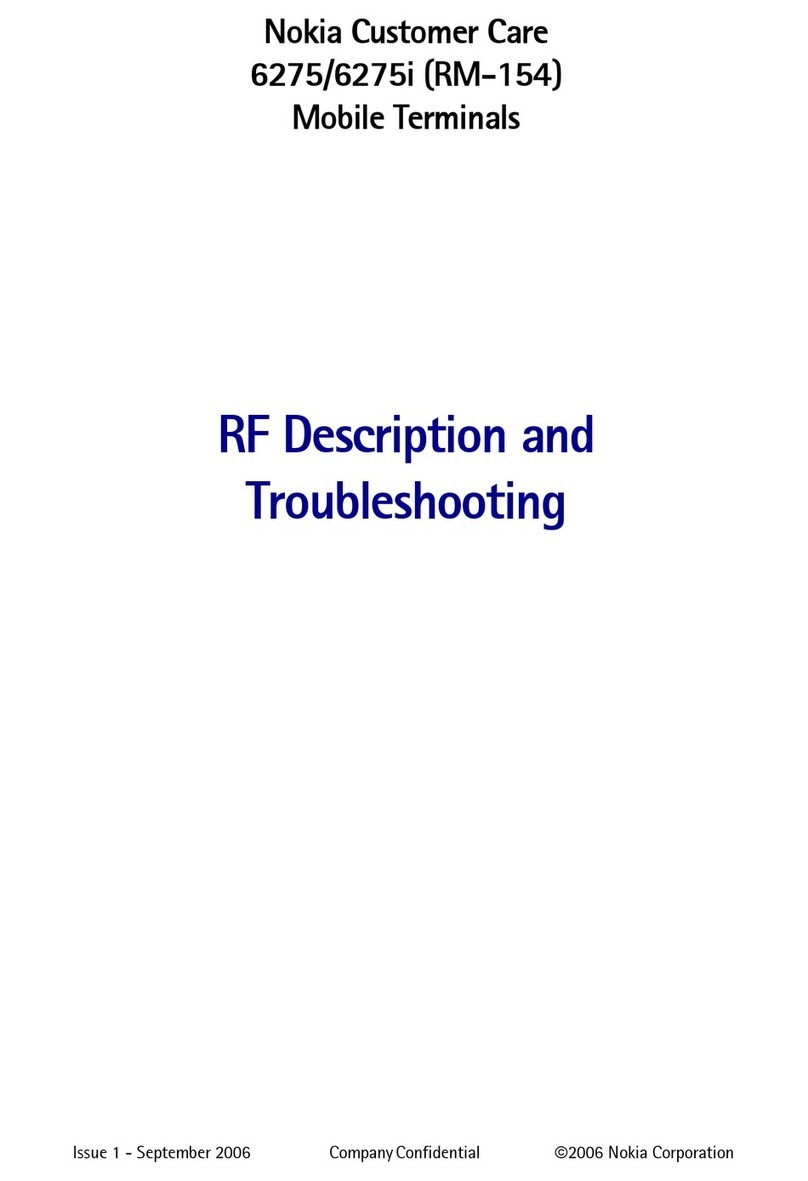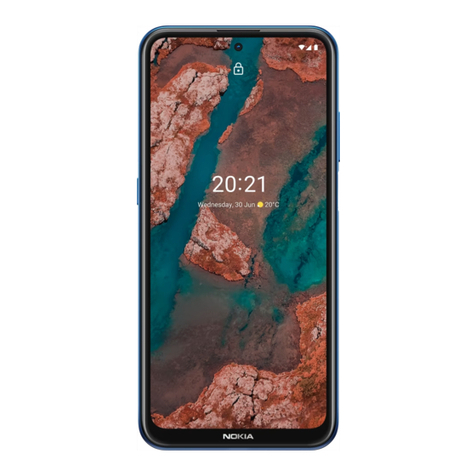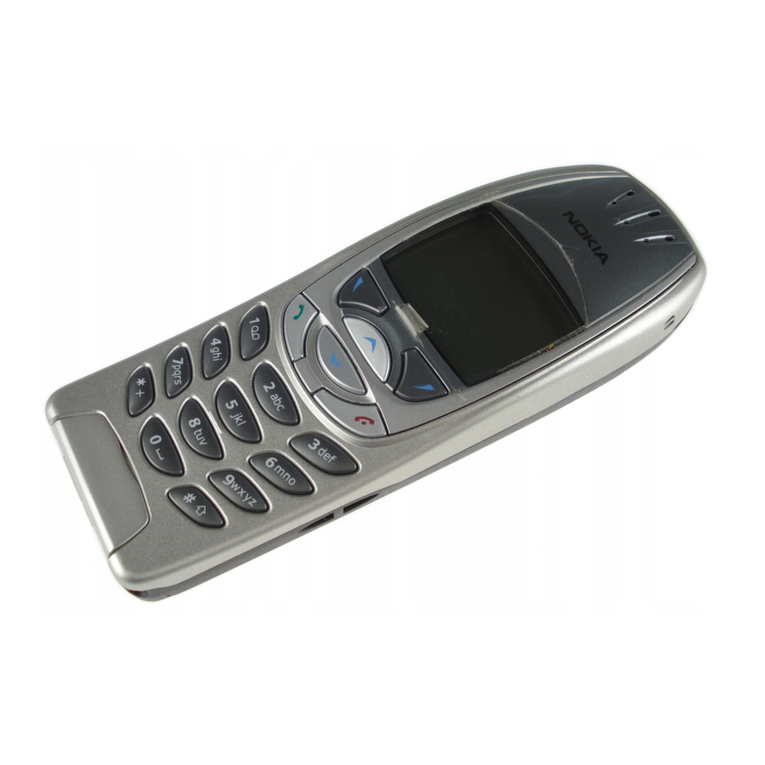
Important: This device is designed to be used with a mini-UICC SIM card, also known as a micro-SIM card only. A micro-
SIM card is smaller than the standard SIM card. Use of incompatible SIM cards may damage the card or the device, and may
corrupt data stored on the card.
Important: Use encryption to increase the security of your Wi-Fi connection. Using encryption reduces the risk ofothers
accessing your data.
Note: Using Wi-Fi may be restricted in some countries. For example, in France, you are only allowed to use Wi-Fi indoors.
After 1 July 2012, the restriction on outdoor usage of Wi-Fi in France is withdrawn by the EU. For more information, contact
your local authorities.
Important: Before sharing your location, always consider carefully with whom you are sharing. Check the privacy
settings of the social networking service you are using, as you might share your location with a large group of people.
The availability and quality of GPS signals may be affected by your location, satellite positions, buildings, natural obstacles,
weather conditions, and adjustments to GPS satellites made by the United States government. GPS signals may not be
available inside buildings or underground.
Do not use GPS for precise location measurement, and never rely solely on the location information provided by GPS and
cellular networks.
You can send text messages that are longer than the character limit for a single message. Longer messages are sent as two
or more messages. Your service provider may charge accordingly.
Characters with accents, other marks, or some language options, take more space, limiting the number of characters that
can be sent in a single message.
Websites may ask to access your current location info to, for example, customize the info they show you. If you allow a
website to use your location info, your location may be visible to others, depending on the website. Read the privacy policy
of the website.
Note: If you run out of battery during download, the downloaded data may be lost.
Your service provider may have requested that certain features be disabled or not activated in your device. If so, these
features will not appear on your device menu. Your device may also have customized items such as menu names, menu
order, and icons.
Network services and costs
Your device is approved for use on the WCDMA 850, 1700, 1900, 2100 and GSM/EDGE 850, 900, 1800, 1900 MHz
networks . To use the device, you need a subscription with a service provider.
Using network services and downloading content to your device requires a network connection and may result in data traffic
costs. Some product features require support from the network, and you may need to subscribe to them.
Take care of your device
Handle your device, battery, charger and accessories with care. The following suggestions help you protect your warranty
coverage.
•Keep the device dry. Precipitation, humidity, and all types of liquids or moisture can contain minerals that corrode
electronic circuits. If your device gets wet, remove the battery, and allow the device to dry.
•Do not use or store the device in dusty or dirty areas. Moving parts and electronic components can be damaged.
10 Product and safety information
